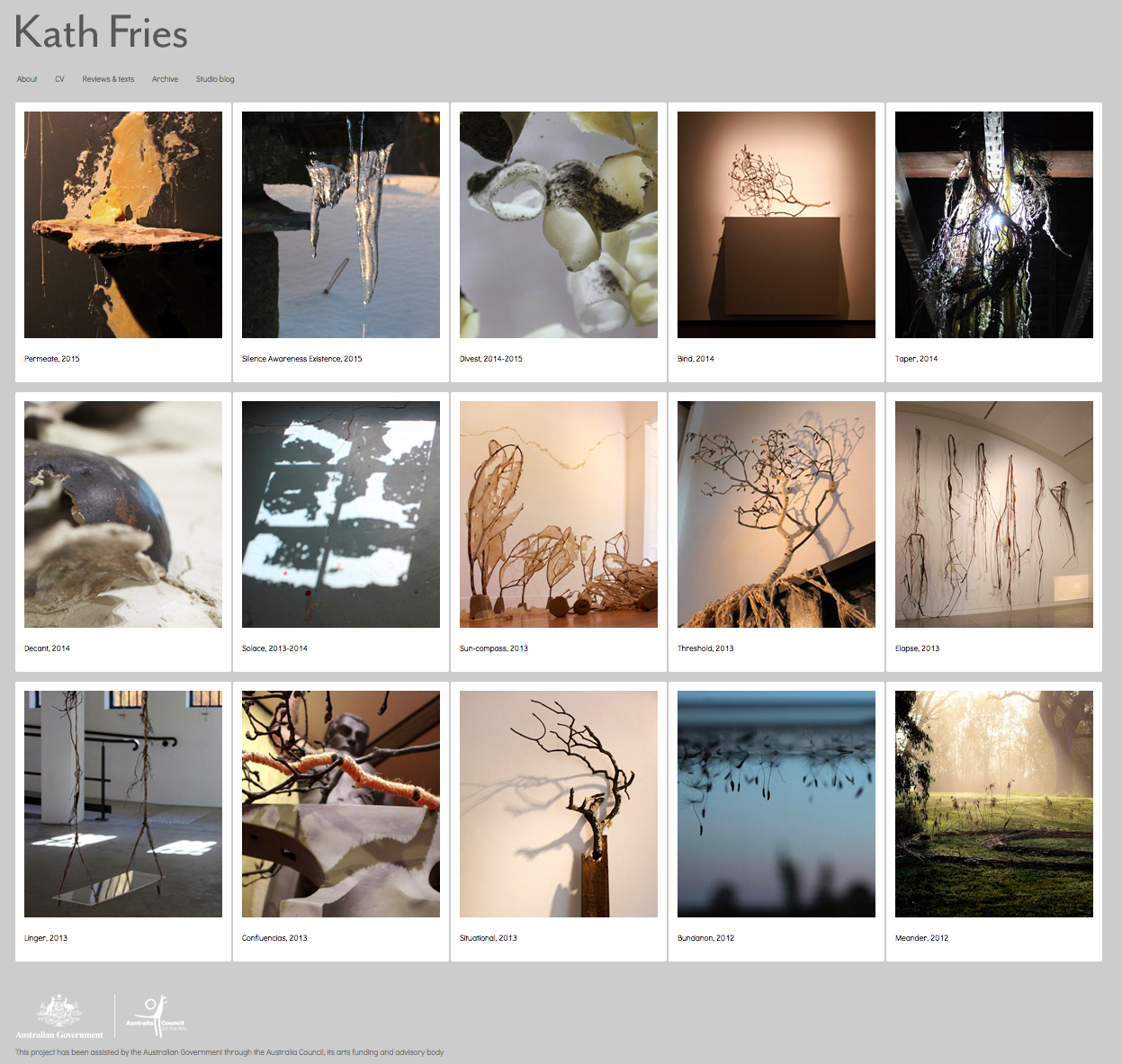ANIMALADIES explores how the crazy love of the animal advocate for non-human species can engender forms of courageous wisdom and persistence in the face of impossibilities and improbabilities.
 |
| Kath Fries, Irradiate, 2016, beeswax, paper, log and sunlight, (detail view) |
I will be exhibiting my Irradiate installation, which conjures our human fascination with bees and their honey. This work considers how honeybee pollination is essential for a third of global human food production and yet humans are causing a global honeybee crisis, with our industrialised agriculture, pesticides, land clearing and intensive artificial beekeeping practices. Irradiate references alternate practices of treating honeybee parasites with solar heat and light, as well as the the role that sunlight plays in honeybees' foraging flights and waggle dance communication. The beeswax used in Irradiate is sourced from an alternate bio-mimicry 'natural' beekeeper and reflects the beekeeper's sensory attunement through the tactility, aroma and visual layers of the interplay between sunlight, beeswax, paper and wood. Swirls of beeswax vary with translucent and opaque patches speaking of biodiversity and landscape aerial views from an imagined bee's eye view. The word Irradiate means to fill with light, as the title of this work it suggests hope that we can shift our understanding of human relationality from being superior and separate, to being entangled and enmeshed with non-humans and the complex ecosystems of this planet.
 |
| Animaladies exhibition invitation |
ANIMALADIES: From crazy cat ladies to deranged animal advocates occupying a lunatic fringe, the spectre of the crazy label is never too far from the question of the animal. The cultural connections between madness, species, race and gender are plentiful, stereotypical and persistent, highlighting similar trajectories and patterns of marginalisation. Their intersection also requires careful contextual analysis and framing. This exhibition at Interlude Gallery and symposium at the University of Sydney explores the role of madness, reframed in terms of species, race and gender as ‘animaladies’. With an explicitly feminist animal studies focus, drawing on the gender, race and species specific histories of madness, including the cultivation of norms about reason and (human) civilisation, Animaladies inquires into the associations between femininity and madness as expressive of political and psychological discontent, as well as focusing on the impact of exploitative practices on animals themselves, sometimes driven mad by the conditions defined by human domination. The institutionalised forms of violence against animals are often held at arm’s length though structural conditions of invisibility by factory farming, industrialised farming practices, and marginalised workers within them. The ‘madness’ of our instrumentalised relationships with animals intersects with the ‘madness’ of taking animals seriously. But how is this madness distributed, how it is made purposeful, how it is disguised as ‘economic expediency’ and how it is made to work for social change or against it, how it is shaped as an insult, embraced as a zone of quarantine, or left as an undefined fear?
 |
Kath Fries, Suffice, 2016, beeswax on paper, detail view
- postcard print included in the Animaladies limited edition postcard sets - |
ANIMALADIES
11 July - 22 July 2016
Opening drinks Monday 11 July from 5.30pm
Interlude Gallery: 11/131-145 Glebe Point Road, Glebe, NSW
Open: Tuesday-Friday 10am-6pm. Saturday 11am-5pm
Artists: Lynn Mowson, Kath Fries, Jen Rae, Sumugan Sivanesan & Tessa Zettel, Yvette Watt, Yifang Lu, Vanessa Barbay, Tarsh Bates Susan Hauri-Downing, Andre Brodyk Chloe Pringle, Clare Nicholson, Tessa Laird, Penny Dunstan Rowena Grace, Michele Elliot, Pamela Pirovic, Madeleine Boyd with Prince the Pony, Gina Moore & Chris Barker, Teja Brooks and Pribac Debra Beers.
Curators: Madeleine Boyd, Melissa Boyde and Yvette Watt




























%2BWhite%2C%2BBRANCH%2B3d.jpg)














.jpg)














